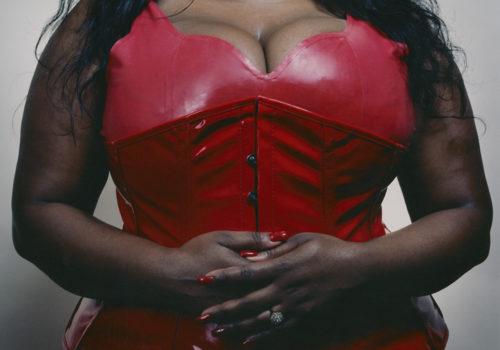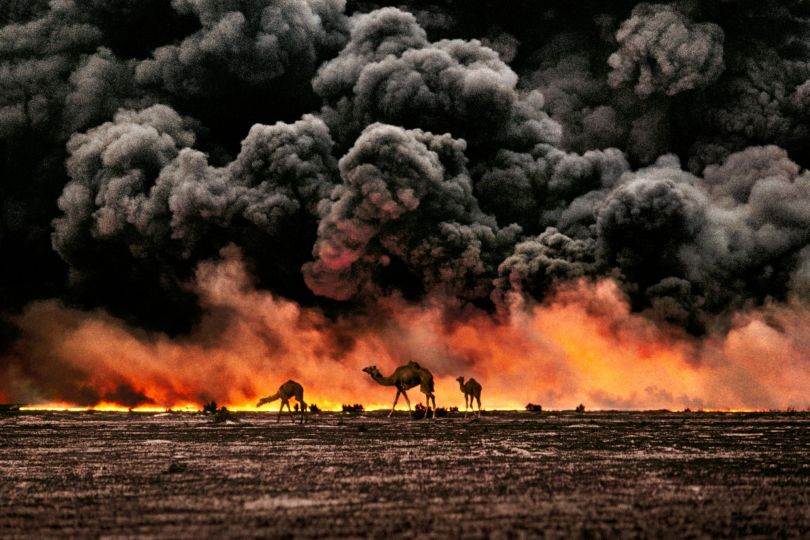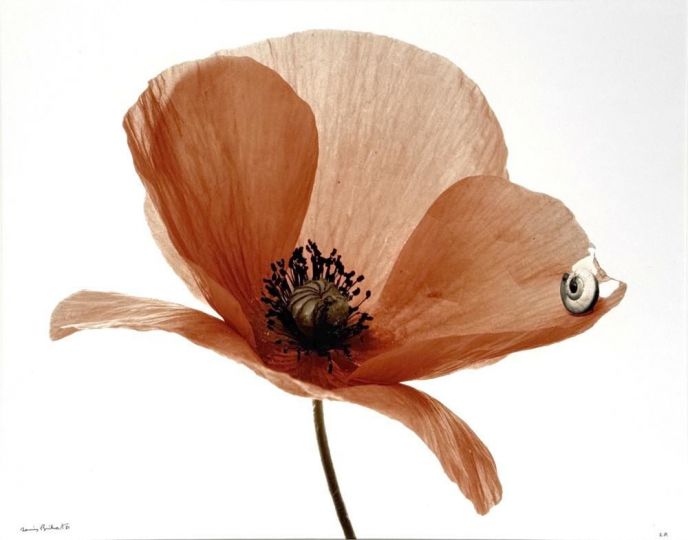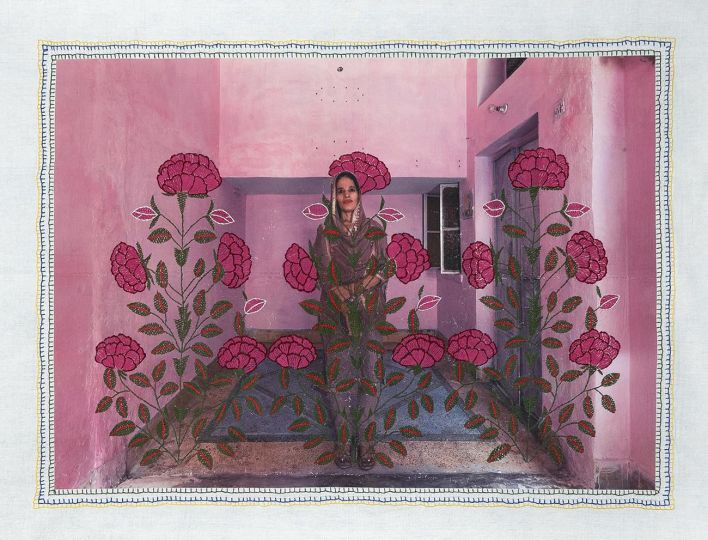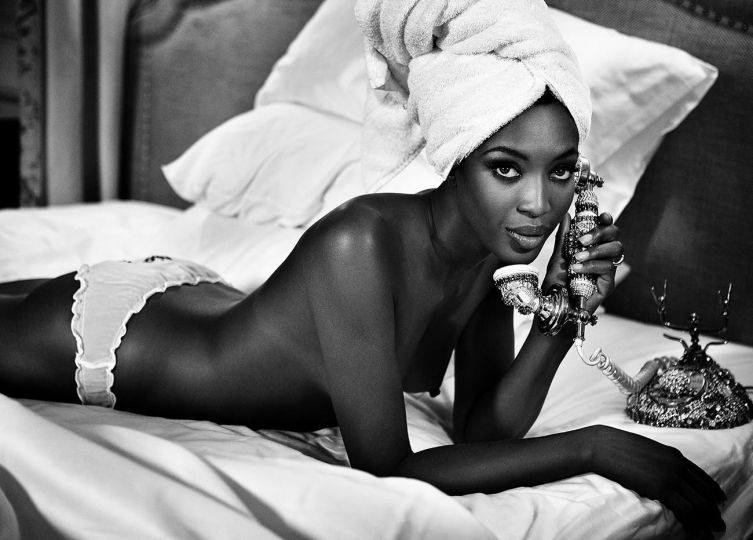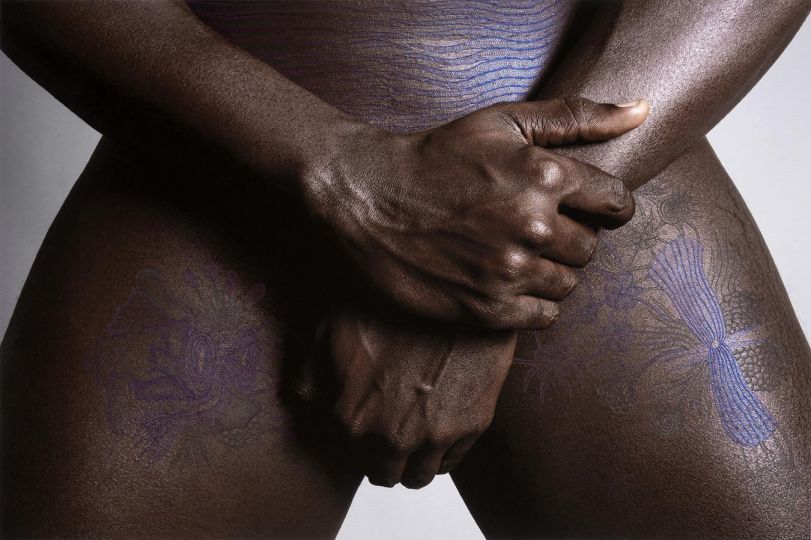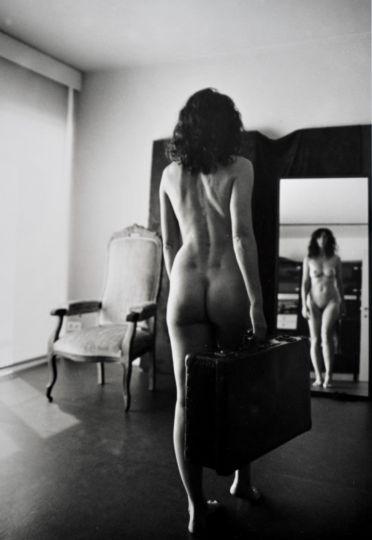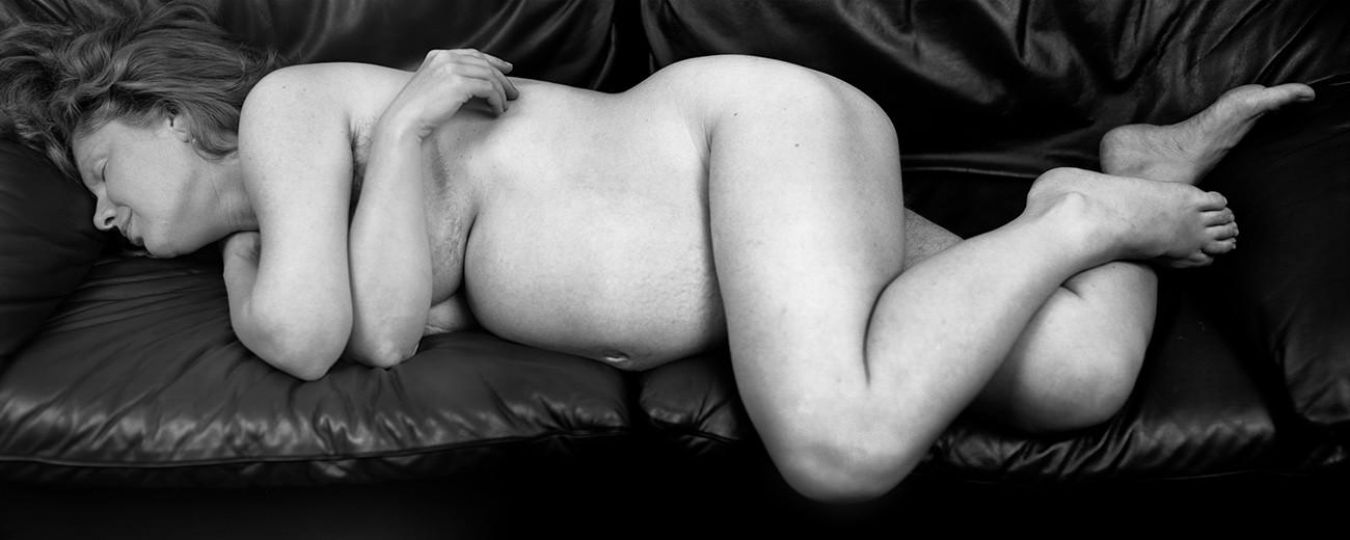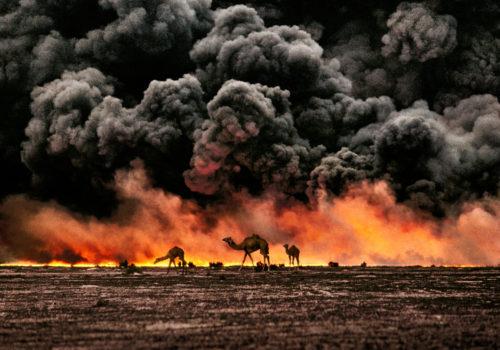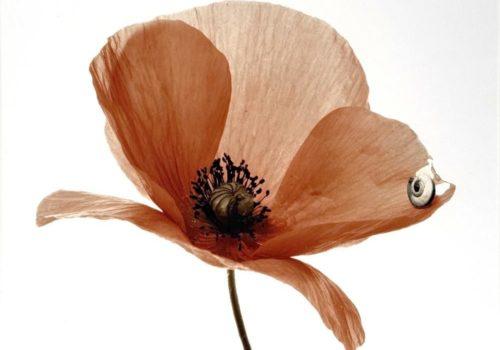Kate Peters, originally from the Midlands is based in London, UK and works internationally.
Spanning genres, Kate’s work is informed by a respect for craft of image-making and the importance of storytelling. A sense of human connection is key and her soft colour palette creates images that further evoke that warmth and connection.
Kate’s work comes from a psychological perspective – the search for authenticity, community, belonging. What it means to be human, to experience. Her particular interest is in the representation of women and the notion of identity.
Highlights of her career: Portraits contained in the permanent collection of the National Portrait Gallery, London, and in 2015 she was the Creative Collection artist and collaborated with art students in a school in North London to produce workshops and create new works for the gallery.
The Guardian Weekend Magazine commissioned Kate to photograph thirty-two Olympic hopefuls including Sir Chris Hoy, Jessica Ennis, and Mo Farah, Kate’s portrait of Wiki Leaks founder Julian Assange was featured on the cover of TIME magazine.
Her many clients, publications, international and national awards, and exhibitions include: The British Journal of Photography, FT Weekend, Guardian Saturday, The Telegraph Magazine, Time, Wired, NPG /Taylor Wessing Portrait Prize winner (2011,2012, 2023) The Vic Odden award/Royal Photographic Society (2013), Portrait of Britain award (2018,2019,2020, 2023) to name a few.
She has participated in over fifteen exhibitions and photographic festivals in European Union, Britain, and the United States.
Website: www.katepeters.co.uk
Social Media: @misskatiepeters
For limited edition print sales – please contact directly – [email protected]
Discuss your work on the representation of women and identity?
In my late teens, before university I very nearly chose a different path, away from art to study psychology so my interest in identity has gone hand in hand with my photography. A constant questioning of what makes us who we are. What first got me interested in photography was a youthfully optimistic view that photography could change the world. I had an incredibly inspiring school teacher, a feisty Scottish woman who shared with us her collection of photobooks and magazines. It was predominantly centered around women and artists who were exploring new archetypes of femininity -Cindy Sherman, Rineke Dijkstra, Katy Grannan and Robert Mapplethorpe’s Lisa Lyon images. It’s only now looking back that I realize how much these early influences have subconsciously shaped the work I make today.
‘yes, Mistress’ began with a chance encounter with a Dominatrix. Initially I was interested in the subversive nature of this hidden world and for me, seemingly contradictory nature of the ideals – in terms of the power structure. With the women portrayed as those in power, yet still being paid by the men. After collaborating with the women and their clients over several years making the work, my focus shifted to be more about exploring Jungian ideas surrounding persona, masks, and authenticity. The performative aspects of the world, what is hidden and what is revealed in terms of identity, ideas around social disguise were all in my mind whilst developing the work.
There is a very clear performance taking place but participants are resolutely themselves and there is a refreshing honesty in that.
Some of these ideas link to ‘Reclaim’, a very different series but one that also explores women and identity. This work began as a project around visibility and women’s bodies. Women who have fought and survived breast cancer who chose to reclaim a sense of ownership over their bodies through the art of tattooing. Working with friend and art director Gem Fletcher we wanted to create an empowering series of portraits that would highlight the strength of the women and the transformative effect that body art can have. The process of turning a trauma into a symbol of strength. A mastectomy can feel like a loss of female identity and a disconnection with the body after surgery, the scars are a reminder of this, through the process of tattooing people can regain some control over their bodies with a beautiful expression of their identity.
You are a very accomplished portrait photographer. How do you approach your subject, and portraiture to build the story?
This can work in a number of ways, often it can be a serendipitous encounter with someone or a place that sparks an interest which I then pursue. Other times things creep up on me when I am reflecting on past work. There are recurring themes that appear in the work so the reading / research I do tends to be around similar ideas that then manifests differently depending on the subject. Curiosity is always the catalyst and then collaboration. Working with the subjects to discover the best approach, a bit of planning but mostly play and seeing how things play out organically. With ‘yes, Mistress’ and the world of the Dominatrix not being a particularly mainstream industry, there was a lot of secrecy, people didn’t necessarily want to be identified. Perhaps partners / families weren’t aware of the world they were a part of. A large part of the production was forging relationships with those involved, building trust, and establishing boundaries.
Similarly, with Reclaim, the initial stages of making the work was building trust with the participants. Meeting with them beforehand and discussing what the shoot would entail and talking about the motivations behind the project.
There were practical decisions surrounding the shoot to try to make the whole thing as comfortable as possible. We set up a studio at my home rather than something more formal that could be intimidating. I chose to use continuous lighting (HMI”s) so we could keep the set calm and quiet for the subjects. We shot on film (analogue) so the temptation to look at a screen or back of the camera wasn’t an option, I felt that this may have led to feelings of insecurity in the subjects or led to a sense of judgement. We were mindful of the incredibly vulnerable position the women were putting themselves in and we wanted to try to create an environment that would put them at ease.
What makes for the special moment(s) when photographing people, and the challenges with difficult subjects or sensitive issues?
Cultivating the right environment for each shoot is really important to me, particularly with sensitive subjects – as mentioned with the reclaim series. It can be intimidating to be photographed / have a camera pointed at you and the majority of the time I want the subjects to be at ease to express themselves without the camera being a barrier.
Quite often on commercial / editorial assignments time with a subject is very limited so working fast to build rapport is important. When making work for myself the actual shoot time is often less than the time spent connecting.
Whilst chatting I’ll be observing mannerisms, gesture etc. and making mental notes on what to try to achieve, with the portraits.
I work a lot by observing, looking out for details, in gesture, light or the location. What subtle elements can I use to tell the story. I will go with a pre-conceived idea of what I’m looking to achieve, which would be my starting point. But what I hope for is that things develop organically and we produce something that surpasses anything planned.
I love the element of chance, that some things are out of your control. It doesn’t always succeed but when it does it’s very satisfying. I think that is also why I still choose to work with analogue cameras, the time waiting to process the film builds tension – which is hopefully relieved when you see the contact sheets.
What do you hope to accomplish and communicate in these very different portrayals of women, what was the response when presented?
Both Reclaim and yes, Mistress have similar themes in terms of what I hoped to achieve. Strength, resilience, ownership, vulnerability, collaboration, and identity. What I am always hoping for is to start a conversation about representation and visibility and this was true for both series. With yes, Mistress I held an exhibition / event to launch the project. I invited the Dominatrix, their clients, and the photo world. Large scale prints were shown, there were performances from some of the Dominatrix. The space opened up lots of discussion by different groups of people whose paths wouldn’t necessarily have crossed before, and perhaps to a world that might have seemed underground, daunting, and off-limits. Reclaim was first published in the Guardian Saturday magazine and subsequently by Positive News, CNN, and others. A wide reach for this work was important for both me, Gem, and the participants. We wanted to highlight the positive and transformative effects that the tattoo’s had and share that with others who may be in a similar situation. The reaction was completely humbling, so many women reached out after seeing the work to express how pleased they were to know that this option was open to them. I was inundated with messages and also contacted by many people who wanted to take part should the series be expanded. It was by far the most positive reaction to a series and one that reignited the teenage optimism in me that photography can make a difference.
What are your influences and discuss your current work?
Nothing makes me happier than exploring a new exhibition, the feeling of being in a gallery space and discovering work and ideas is so invigorating. Recently I visited the Yoko Ono show at the Tate Modern and was inspired by the playfulness of the work, the performative elements and it’s power. I also saw a show at the Wellcome Trust on Beauty and discovered some work made using ai by Danish artist Cecile Wagner Falkenstrøm- ai is a whole different conversation but the work will stay with me. Ultimately I am generally trying to make work that evokes something in the viewer, an emotion, a thought. Psychological theory and ideas around identity play a big part in what influences my ideas and work, I try to read around the subject a lot. The work that influences me tends to look a lot different to the work I make but it will have that emotive quality.
Currently I am exploring ideas around, family, the work brings together interests in psychology / psychotherapy, family, ageing, love, and fear after matrescence (the process becoming a mother.) It began when I would walk along a stretch of river as a way to clear my head and process the changes that occurred before and after the birth of my kids. It encompasses ideas around fear and love and the subtle but significant changes that occur as time unfolds without us really noticing.
I’m working with new images and archival work to try to make sense of the shift of identity that occurs with having children.
Patricia Lanza

